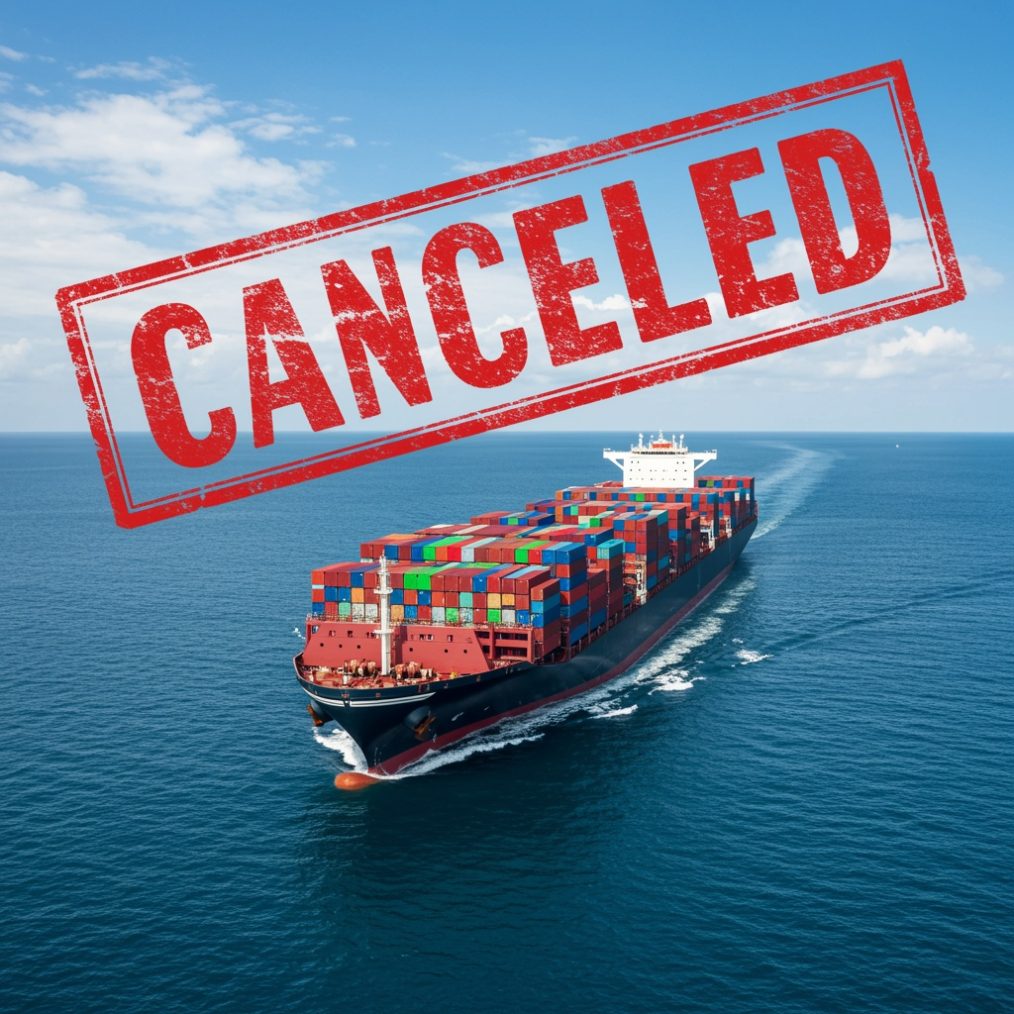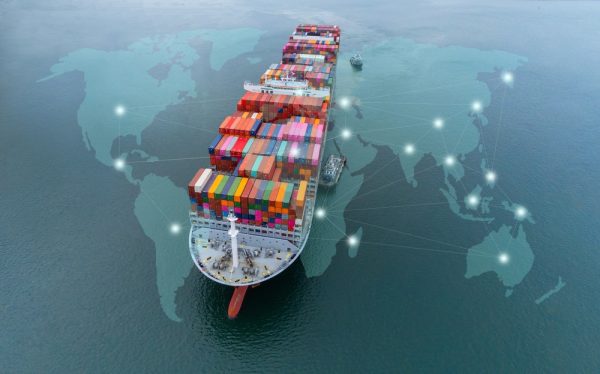
Blank sailings — canceled port calls or entire voyages — have become a recurring challenge in global shipping. Driven by factors such as demand fluctuations, port congestion, and carrier cost management, these disruptions can lead to delayed shipments, increased freight rates, and inventory imbalances. As carriers adjust schedules to align with market conditions, shippers must proactively manage the effects of blank sailings on their supply chains.
The impact of blank sailings
Blank sailings are not one-off disruptions. They are now an embedded feature of ocean freight scheduling. Carriers may cancel port calls or voyages with limited notice in response to declining demand, network imbalances, or operational bottlenecks. For shippers, blank sailings can cause:
- Capacity constraints: Reduced vessel availability leads to competition for space, often resulting in higher freight rates.
- Inventory disruptions: Delays in shipments can cause stockouts or overstock situations, affecting sales and storage costs.
- Operational challenges: Unpredictable schedules complicate production planning and customer delivery commitments.
Recognizing these impacts is the first step toward developing effective mitigation strategies.

Strategies to lessen the effects of blank sailing
While blank sailings are outside a shipper’s control, how your organization prepares and responds is not. Mitigating the effects of blank sailings requires a combination of visibility, diversification, contractual foresight, and collaboration.
Diversify carrier and route options
Relying on a single carrier or route increases vulnerability to blank sailings. Engaging multiple carriers and exploring alternative routes can provide flexibility and reduce risk. This approach ensures that if one option becomes unavailable, others can be utilized to maintain supply chain continuity.
Improve visibility and forecasting
Employ advanced transportation management systems like nVision Global’s Impact TMS to monitor shipments and anticipate disruptions. Real-time data allows quicker response times and informed decision-making when blank sailings occur. Tools that provide insights into carrier schedules and potential delays are invaluable for proactive planning.
Build inventory buffers
Maintaining safety stock can cushion the impact of shipment delays. While just-in-time inventory models minimize holding costs, incorporating buffer stock for critical items can prevent stockouts during unforeseen disruptions.
Negotiate flexible contracts
Work with carriers to establish contracts that include clauses for blank sailing scenarios. Agreements that offer priority booking, guaranteed space, or compensation for delays can provide a safety net when standard schedules are disrupted.
Collaborate with logistics partners
Strong relationships with freight forwarders and third-party logistics providers can offer access to a broader network of carriers and alternative solutions. These partners often have the expertise and resources to navigate complex shipping challenges effectively.
Consider alternative global shipping modes
In cases where ocean freight is disrupted, explore other transportation modes such as air or rail. While potentially more expensive, these alternatives can ensure timely delivery for high-priority shipments.

Plan proactively for blank sailings
The frequency and unpredictability of blank sailings underscore the need for shippers to shift from reactive triage to proactive planning. The effects of blank sailings will continue to challenge supply chain continuity as carriers optimize their networks for profitability. By building optionality into transportation networks, improving data visibility, and leveraging strategic partnerships, shippers can mitigate these disruptions with greater agility and less cost exposure.